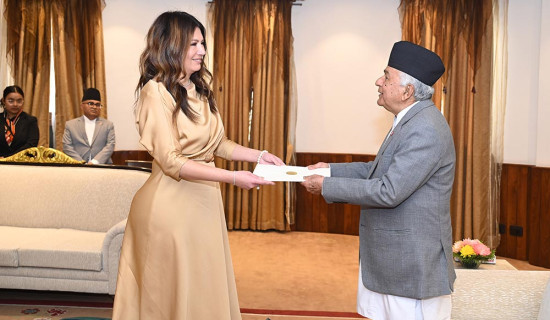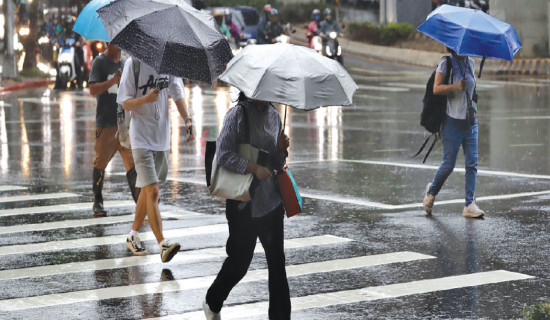- Thursday, 11 December 2025
Terai drought challenges above-normal rain forecast
Kathmandu, Aug. 30: It has been almost three months since the monsoon of this year started. However, the majority of the rainfall measurement stations in the eastern part of the country have recorded below-average rainfall, resulting in drought.
Drought has been recorded in the areas where the above rainfall was predicted. The prediction was made on May 6, just one month before the monsoon started.
The Department of Hydrology and Meteorology (DHM) had forecast that there would be above-average rainfall in many parts of the country, including the Terai region of Province 1, north-east of Bagmati province, the southern region of Gandaki province, north-west of Lumbini province, and Karnali province, and the northern region of the Sudhurpaschim region. However, many districts in these provinces recorded below-normal rainfall as of August 25.
June to September is considered monsoon season and July and August are the rainiest months. But this year only 930.7 mm of rainfall was observed from June 1 to August 26 while normal rainfall for the same period is 1141.8 mm, Dr. Indira Kandel, a Senior Divisional Meteorologist in the Climate Change Analysis Section under the DHM, said.
Seasonal Climate Outlook over South Asia for the 2022 Southwest Monsoon Season (June-September) also forecasts normal to above normal rainfall.
Dr. Kandel said that various parts of the eastern Terai, including Sindhuli and Udayapur, remained dry this season when there should be enough rainfall in the months of July and August, as predicted by the DHM.
According to Sudarshan Humagain, a meteorologist at the DHM, Tamgash recorded only 47 per cent of the normal rainfall and Lumbini station recorded 48 per cent, the lowest recorded so far, while Kathmandu and Khumaltar recorded 118 per cent and 137 per cent of rainfall this season.
Dr. Kandel said, “We do not have a global model in forecasting but we downscale the global model and predict as per our local system. The global model has given the possibility of the above-normal precipitation prediction in those areas but the prediction did not match with the current situation.”
The farmers encouraged by the prediction in May were shocked when they did not get water to irrigate their paddy field. Now many of the farmers in Rupandehi and Banke have started cutting the paddy plant to feed cattle as they were unable to irrigate their fields.
Kalu Ram Tharu, a farmer of Madhuban Municipality in Bardiya, said that they are desperately waiting for a downpour. “We planted paddy in all our fields but for a lack of rainfall, there is no hope of cultivating enough rice this year. We have an irrigation system but rivers are drying up due to a lack of enough rainfall. We have not yet decided what to do with the yellow-turned paddy plant in our fields.”
Another farmer Ram Krishne Tharu of the same area said they do not have any source of income to buy rice from the market. “We depend on the paddy field, we keep half for us for year-round and sell another half to the market so that we can buy other daily necessities but this year, there is no hope that we can harvest enough rice,” he said.
The DHM is facing difficulty to provide the exact information because it lacks the latest available technology, she said. The DHM has been facing a shortage of resources and the model that has been in use in Nepal should be customised to local needs.
“We have a problem in the forecast with taking references and it does not match the prediction in the Himalayan region. We need a model that can be a special focus on the Himalayas. Other countries are keeping up with the latest technology but we are not doing that,” Dr. Kandel said.
There are 350 rainfall measurement stations in Nepal, of which 150 are still manual, according to the DHM.
According to Raju Pandit Chhetri, a climate change expert, unpredictable extreme weather events such as scorching heat waves to heavy downpours have been witnessed around the world including in Nepal. Extreme weather events can be taken as the impact of climate change where the rainfall that should be recorded within 110 days can be recorded within a month, either in the first month of monsoon or in the last month, he said.
The average rainfall is calculated based on the data of 30 to 40 years of the concerned area. If there is more than 110 per cent rainfall in the area, it is considered above-average rainfall. So far, 1500 mm rainfall year-round is considered average rainfall in Nepal, but the pattern of rainfall varies from place to place.



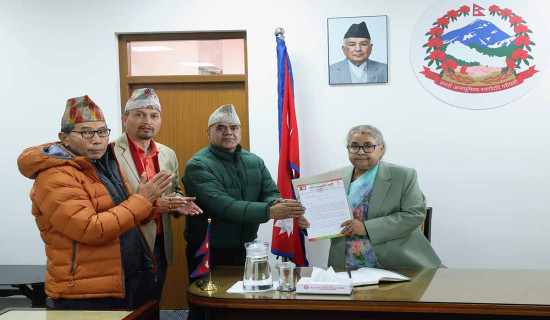
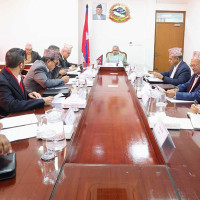

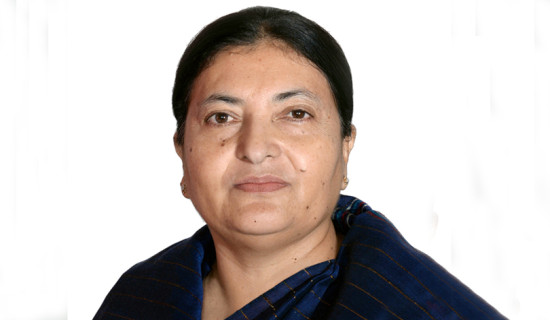
-square-thumb.jpg)

